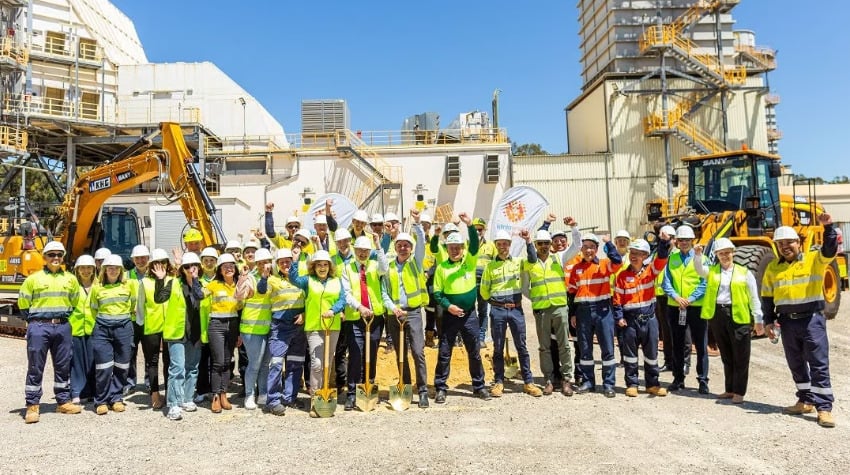
The new BESS asset is the second to be approved for the site. The organisation is already constructing a 100MW/200MWh BESS, which aims to provide further stability and facilitate the increasing number of variable renewable energy technologies being connected.
Commenting on this, Russell Slaughter, head of project development at Alinta Energy, said the project will specifically “support the introduction of solar and other intermittent renewable energy sources into the existing network”.
“With the continued increase of intermittent energy sources into the state’s main electricity network, the need for dispatchable energy sources that can react quickly to changes in the electricity market is increasing,” Slaughter added.
Alinta said the project is expected to be completed by October 2027 and is being delivered by Shanghai Electric Power Design Institute (SEPD) Australia, a local subsidiary of SEPD, which is in turn owned by Power Construction Corporation of China (POWERCHINA), and Australian solar PV and battery provider Sunterra.
Western Australia CIS tender opens
In other news, Western Australia’s first Capacity Investment Scheme (CIS) tender opened yesterday (22 July). The tender aims to secure 2GW of clean dispatchable capacity across the Wholesale Electricity Market (WEM).
Projects entering into the CIS Tender 2 must have a minimum storage duration of two hours, a minimum size of 30MW, and meet all eligibility criteria. The tender will close on 12 August 2024.
Salim Mazouz, branch head of the energy division at the Department of Climate Change, Energy, the Environment and Water, told Energy-Storage.news in an exclusive interview available for Premium subscribers that energy storage will be a key element of Australia’s energy transition. It is also a technology that the CIS aims to support.
“The more variable renewables we push in, the more there’s opportunity for arbitrage, for storage, and as that accelerates the retirement of thermal assets, that also potentially opens additional revenue sources in terms of some of the ancillary services that batteries and also storage more broadly can bid for.”

